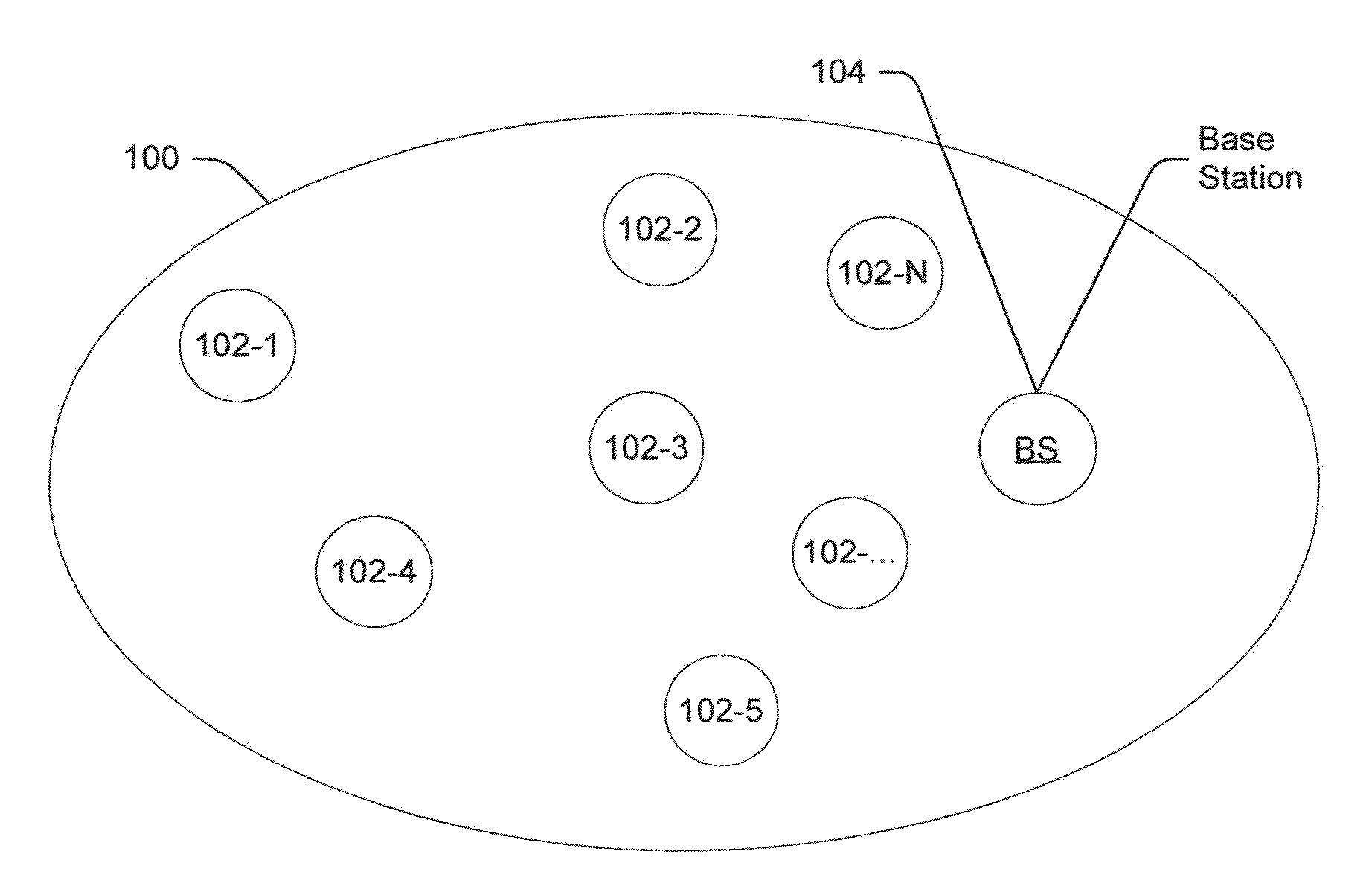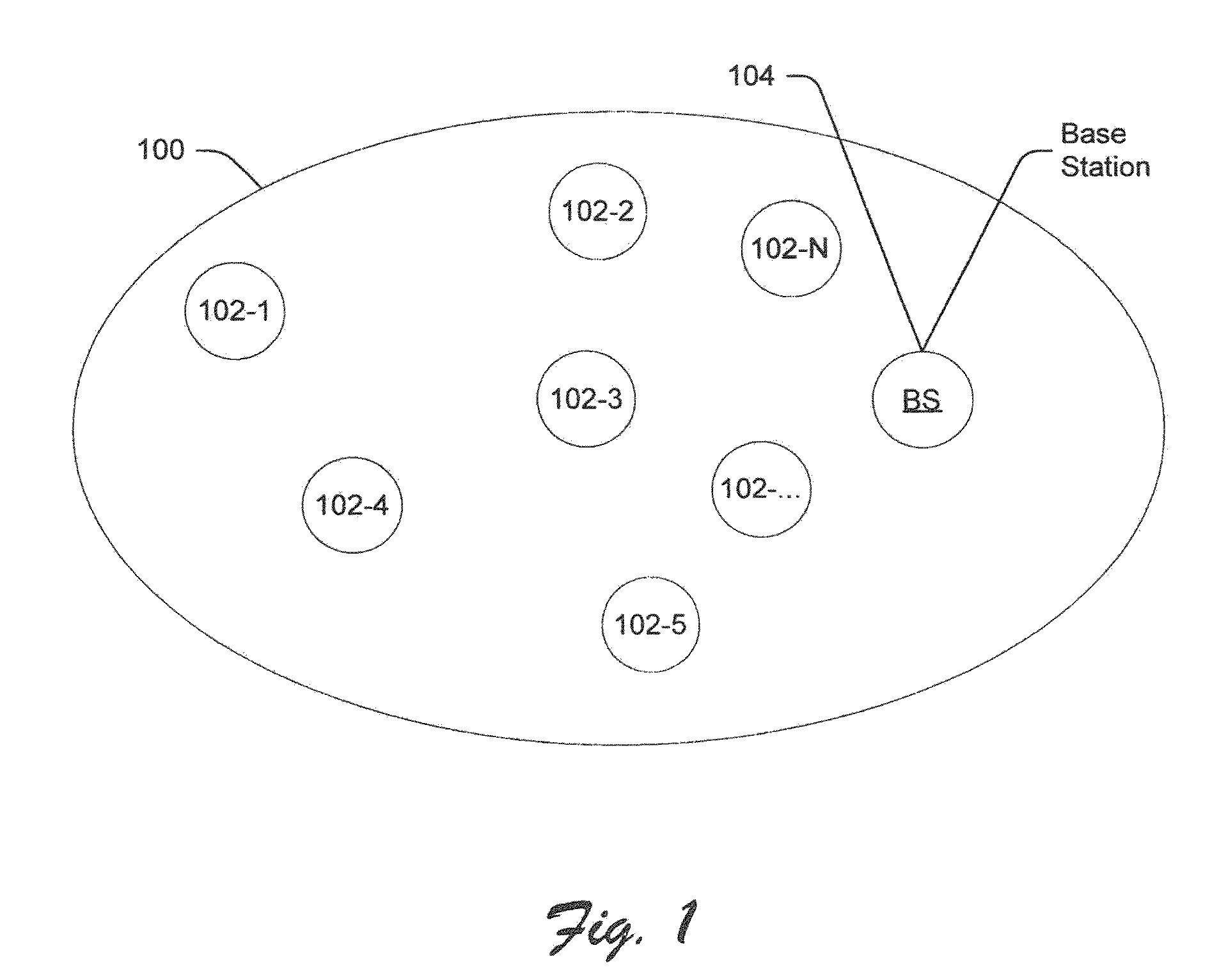Cooperative packet routing for wireless sensor networks
- Summary
- Abstract
- Description
- Claims
- Application Information
AI Technical Summary
Benefits of technology
Problems solved by technology
Method used
Image
Examples
Embodiment Construction
Overview
[0089]Sensor nodes in wireless sensor networks are prone to failure. This may be due to a variety of reasons. Loss of battery power, for example, may lead to failure of the sensor nodes. Thus, a relevant consideration in a wireless sensor network is the amount of energy and storage required for a sensor node to implement sensing, computation, and communication operations. Due to a sensor node's limited processing, memory, and power resources, standard packet routing methodologies developed for the Internet and mobile ad hoc networks typically cannot be directly applied to sensor networks. Furthermore, radio communication typically costs more in terms of energy, as compared to computation costs in a sensor node. Systems and methods for cooperative energy efficient packet routing (CEER) among sensor nodes in a wireless sensor network address these limitations of conventional wireless sensor networks.
[0090]More particularly, systems and methods for CEER, as described below in r...
PUM
 Login to View More
Login to View More Abstract
Description
Claims
Application Information
 Login to View More
Login to View More - R&D
- Intellectual Property
- Life Sciences
- Materials
- Tech Scout
- Unparalleled Data Quality
- Higher Quality Content
- 60% Fewer Hallucinations
Browse by: Latest US Patents, China's latest patents, Technical Efficacy Thesaurus, Application Domain, Technology Topic, Popular Technical Reports.
© 2025 PatSnap. All rights reserved.Legal|Privacy policy|Modern Slavery Act Transparency Statement|Sitemap|About US| Contact US: help@patsnap.com



